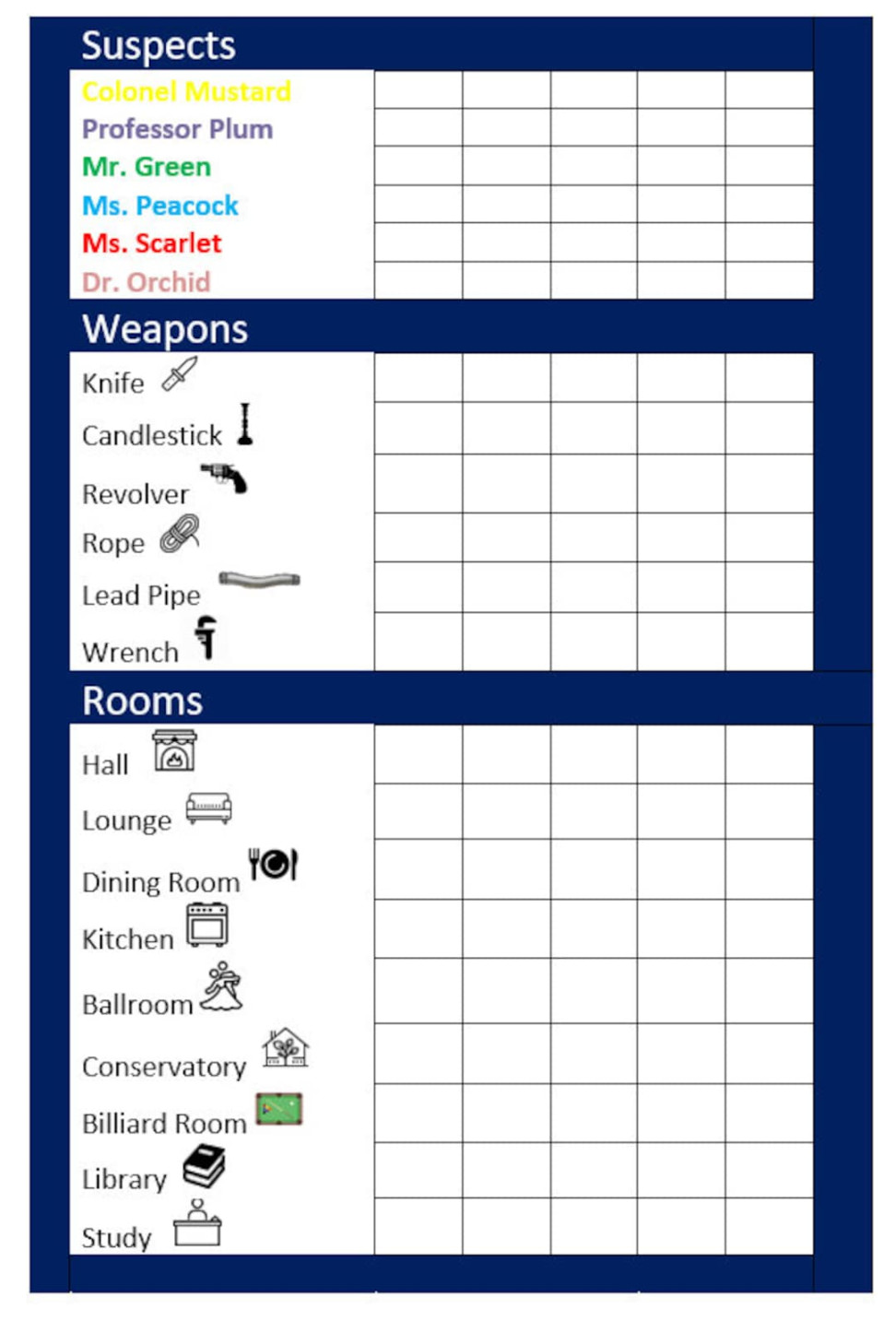A clue Card template is a versatile tool used to present information in a visually appealing and concise manner. These templates can be utilized in various contexts, such as presentations, educational materials, and marketing campaigns. When creating a professional clue card template, it is essential to prioritize design elements that convey professionalism and trust.
Font Selection
Choosing the right font is crucial for establishing a professional tone. Opt for fonts that are clean, legible, and easy to read. Sans-serif fonts like Arial, Helvetica, or Roboto are popular choices due to their modern appearance and clarity. Avoid using overly decorative or difficult-to-read fonts that can detract from the overall professionalism of the template.
Color Scheme

A well-chosen color scheme can enhance the visual appeal of your clue card template. Consider using a limited palette of colors to maintain a cohesive and professional look. Opt for colors that complement each other and are easy on the eyes. Avoid using bright or clashing colors that can be distracting.
Layout and Composition
The layout and composition of your clue card template should be carefully considered. Ensure that the elements are arranged in a logical and balanced manner. Use white space effectively to create a clean and uncluttered design. Avoid overcrowding the template with too much information, as this can make it difficult to read and understand.
Visual Hierarchy
Visual hierarchy is essential for guiding the viewer’s attention to the most important information. Use techniques such as font size, font weight, and color to create a clear hierarchy. The most critical information should be highlighted using larger fonts, bolder weights, or contrasting colors.
Alignment
Consistent alignment can contribute to a professional and polished appearance. Choose a specific alignment for your text, such as left, right, or center, and stick to it throughout the template. Avoid mixing different alignments within the same element, as this can create a chaotic and unprofessional look.
Spacing
Appropriate spacing between elements can improve readability and enhance the overall visual appeal of your clue card template. Ensure that there is sufficient space between lines of text, paragraphs, and other elements. Avoid cramming information together, as this can make the template difficult to read and understand.
Images and Graphics
If you choose to include images or graphics in your clue card template, ensure that they are high-quality and relevant to the content. Avoid using low-resolution or blurry images that can detract from the overall professionalism of the template. Use images and graphics sparingly to avoid overwhelming the viewer.
Call to Action
If your clue card template is designed to encourage a specific action, include a clear and compelling call to action. This could be a button, a link, or a simple phrase that prompts the viewer to take the desired action. Place the call to action prominently on the template to ensure that it is easily noticed.
Proofreading and Editing
Before finalizing your clue card template, carefully proofread and edit it for errors in grammar, spelling, and punctuation. A template with errors can undermine its credibility and professionalism. Consider having someone else review the template to catch any mistakes that you may have missed.
By following these guidelines, you can create professional clue card templates that effectively communicate your message and leave a positive impression on your audience. Remember to focus on clarity, consistency, and visual appeal to ensure that your templates are both informative and engaging.